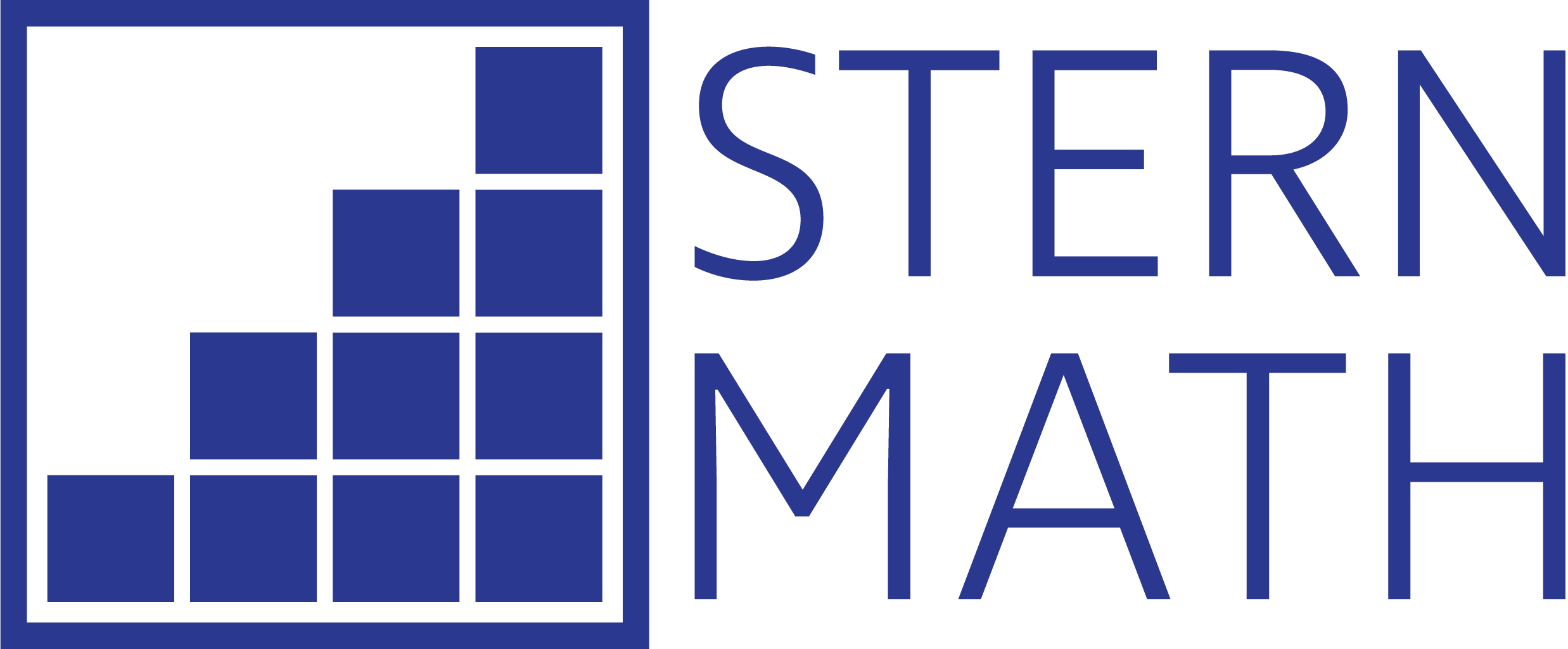PATTERN BOARD
By presenting a discrete number of 1-blocks carefully arranged in an organized structure, the Pattern Boards invite children to discern the relationship between numbers. For example, the difference between odd and even is readily apparent. This difference is not evident to the child when he or she is presented with a random array of cubes or any other set of objects. The Pattern Boards are a concrete representation of what is commonly referred to as “the ten frame.”

The Pattern Boards are used to teach:
- Counting
- Quantity
- Subitizing
- Number names
- Odd and even patterns
- One and two more/less
- Doubles and neighbors within 10
- Addition and subtraction within 10
- Problem solving within 10
The following sketches are from Experimenting with Numbers.
Naming the Pattern Boards and Putting Them in Sequence
Children are asked to recognize whether they have the Pattern Board that will hold the block pattern displayed by the teacher. Through this and other activities, students expand and generalize their understanding of quantity and sequence, learning the names of the different Pattern Boards in the same way they learned the block names.


Learning about Even Number Patterns
The concept of even numbers is demonstrated by placing the pattern boards in sequence from 1 to 10. The children then observe that the even patterns are built from pairs of 1-blocks which are partners.
Learning to Write the Symbol 8
In this workbook page (fromStructural Arithmetic Book I) children learn to write the symbol 8 and to study the quantity for which it stands and the place it comes in the sequence of even numbers.

